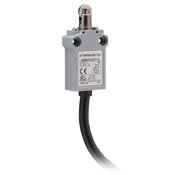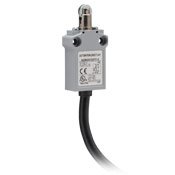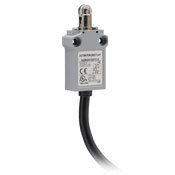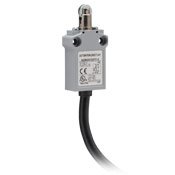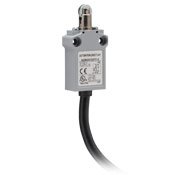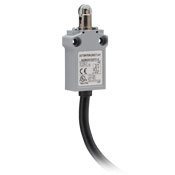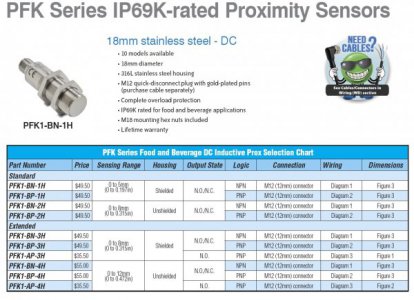So I'm putting together my bridgeport, going to probably get the oiler and knee on this week/end.
It's time to start thinking about the CNC stuff I'll be putting on it.
On my previous cnc project, I used kind of garbage amazon switches which were a pain in the butt to setup.
On this one, I'd like .0005 or better repeatability , Ideally I'd like to be able to have my vise jaws a known distance from all three axis's zero so I can get something remotely sort of resembling a production run without having to edgefind every time I move the part
So anyways, with some googling, I havent really been able to find a whole lot of information on specifics, It appears that long-arm mechanical switches are the way most people go for this sort of thing, I'd prefer to make a little box with roller switches in it, and have the mill axis interact with that rather than directly with the switch (for cleanness mostly)
What switches are you folks using and how accurate are they?
It's time to start thinking about the CNC stuff I'll be putting on it.
On my previous cnc project, I used kind of garbage amazon switches which were a pain in the butt to setup.
On this one, I'd like .0005 or better repeatability , Ideally I'd like to be able to have my vise jaws a known distance from all three axis's zero so I can get something remotely sort of resembling a production run without having to edgefind every time I move the part
So anyways, with some googling, I havent really been able to find a whole lot of information on specifics, It appears that long-arm mechanical switches are the way most people go for this sort of thing, I'd prefer to make a little box with roller switches in it, and have the mill axis interact with that rather than directly with the switch (for cleanness mostly)
What switches are you folks using and how accurate are they?


